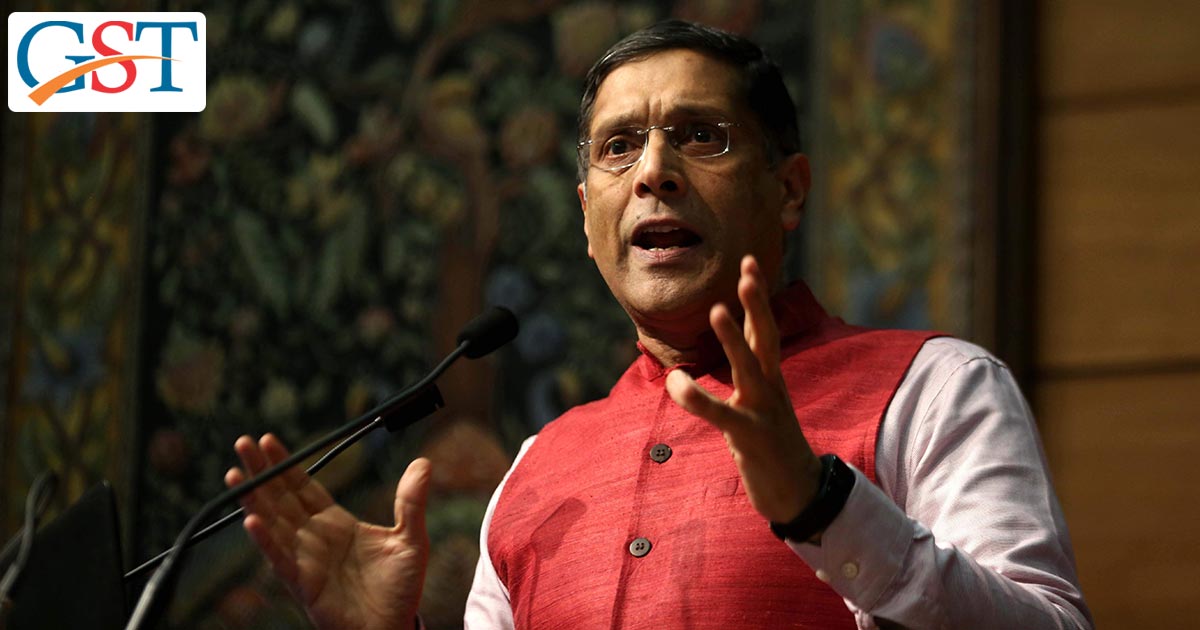Arvind Subramanian, the Chief Economic Advisor to the Government of India, had a few months back asserted that Insights From GSTN Data Could Drive Economic Decisions. Mr Subramanian it seems was right in his prediction about the implication a strong GSTN Network could have on the revenue from GST. As per reports, the revenue department will now take into account quarterly average of GST revenues to model a better framework for analyzing revenue trends. Revenue departments decision is backed by the fact that the GST proceeds for the month of April stood at Rs 1.03 lakh crore, whereas last fiscals average monthly GST Revenue for period August-March stood at Rs 89,885 crore. The move by the revenue department aims to increase the GST collections on a Year over Year basis.
The 13% spike in April data can be attributed to the inclusion of IGST collections for April, and CGST and SGST collections for March. However, from May of FY 2018-19, the government of India has adopted cash basis accounting. As part of the new process, proceeds from the GST at the end of the current month would be taken on record immediately on the 1st working day of the subsequent month.
While releasing the April Tax Revenue Data in public domain, the Finance Ministry also clarified that March being the last month of the Financial Year, some taxpayers submit previous months arrears While releasing the April tax collection data yesterday, the Finance Ministry had said that in March which is the last month of a financial year, taxpayers pay arrears of some of the previous months also hence April GST Proceeds cannot be taken as the standard for future trends. Further, the official speaking on behalf of the Finance Ministry also hinted that GST Collections for MAY will also be higher because of the e way bill mechanism that came into effect on the 1st of April FY 2018-19.
Reportedly, GST mandates generation of the e-way bill for moving goods worth over Rs 50,000 from one state to another. As of now, 17 among the 29 Indian States have made e-way bill compulsory for movement of goods within their boundaries. E-way bill, it is hoped, will counter anti-evasion measures from wilful frauds and in the process increase tax compliance and clamp down on the trade that currently happens on a cash basis. In addition to this, their other measures in the pipeline like reverse charge mechanism for levying GST, TDS and TCS provisions as well as invoice matching. These measures are hoped to increase tax compliance and increase GST proceeds by a good factor.
The 27th meeting of the GST Council will take place tomorrow. The Council will discuss the simplified one-page return filing solution prepared by Mr Sushil Modi, Bihar’s Deputy Chief Minister, led ministerial panel. The simplified return form will facilitate taxpayers to instantly avail input credits once the invoice uploaded on the portal by sellers are accepted by the respective buyers.
